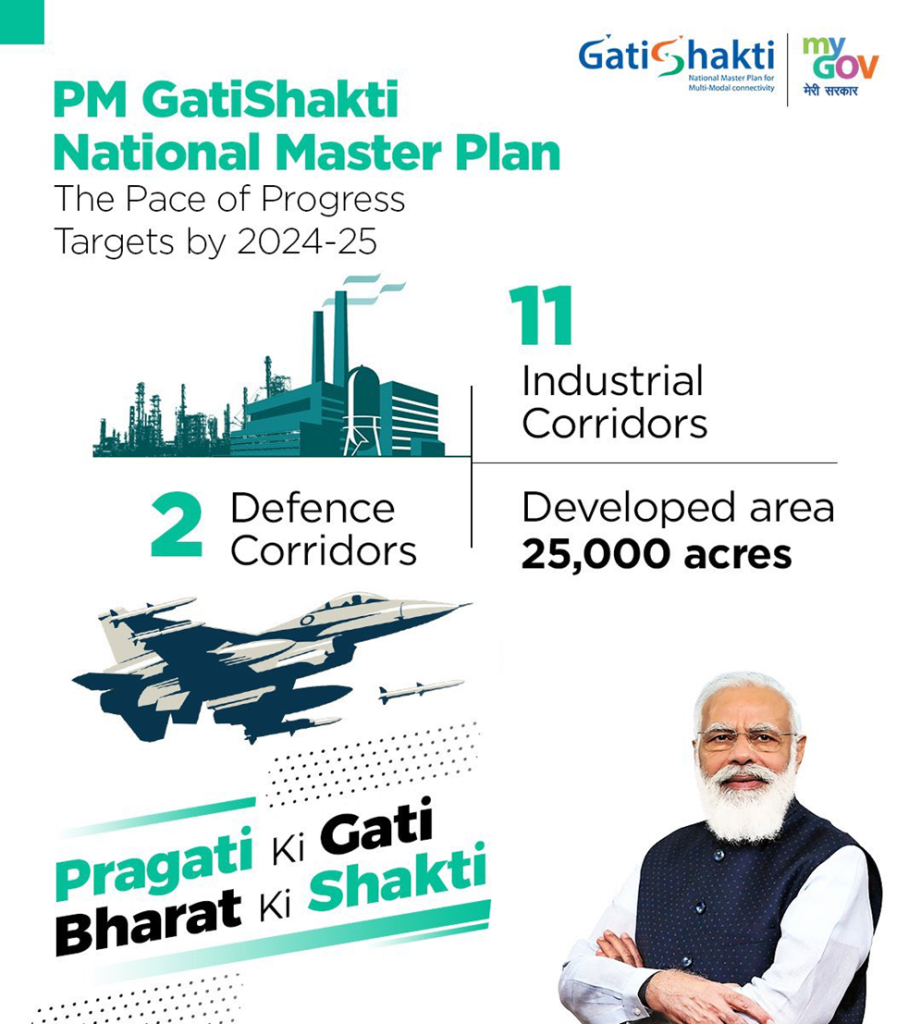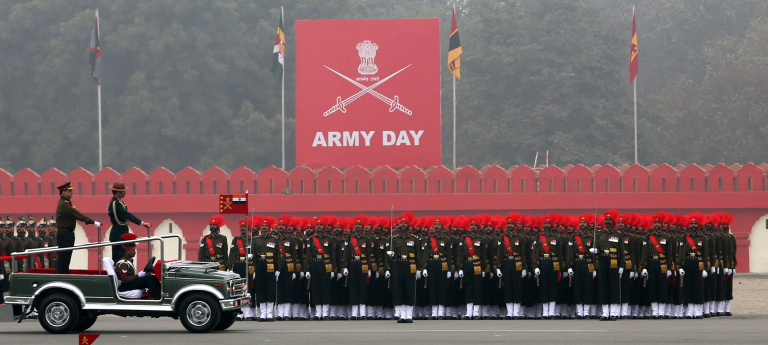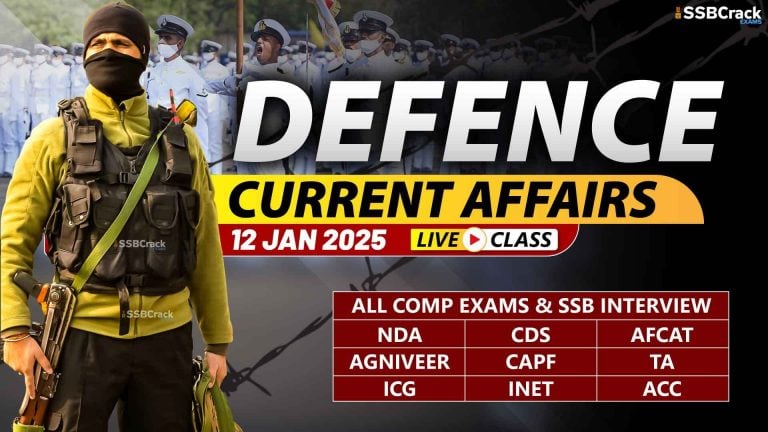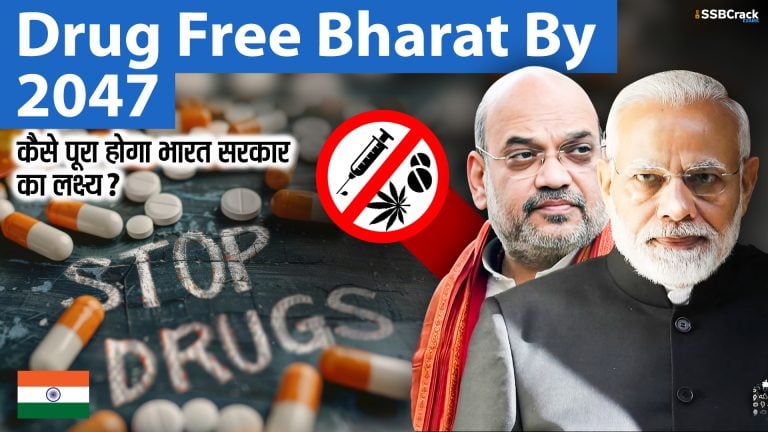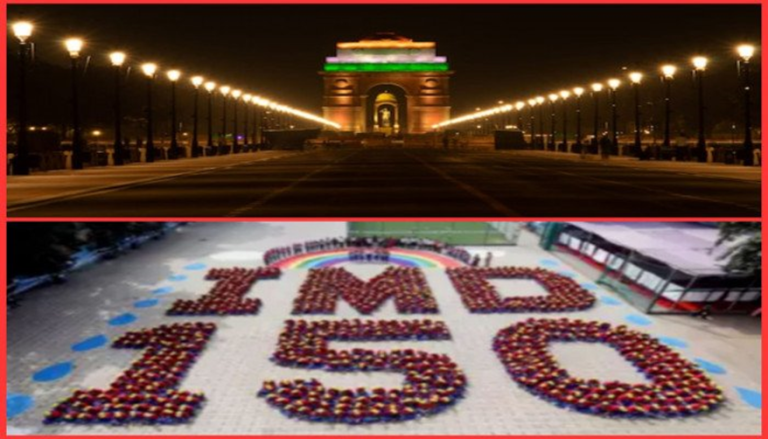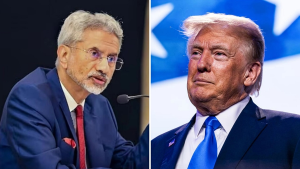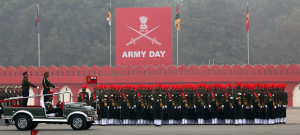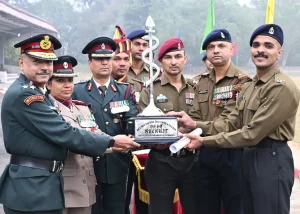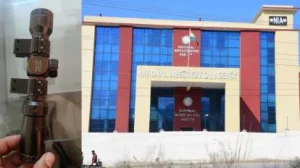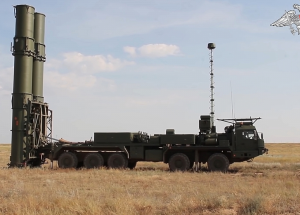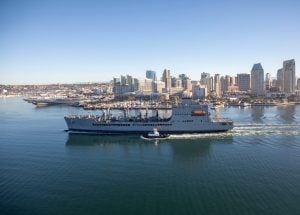To enhance the skills and capability building of their personnel, Indian Army and IAF signed a MoU with Gati Shakti Vishwavidyalaya, Vadodara.
Indian Army & IAF Ink MoU With Gati Shakti Vishwavidyalaya
- To enhance the skills and capability building of their personnel, Indian Army and IAF signed a MoU with Gati Shakti Vishwavidyalaya, Vadodara in the presence of Raksha Mantri Rajnath Singh and Minister of Railways Ashwini Vaishnaw in New Delhi on September 09, 2024.
- The MoU will enable the two Services to acquire higher expertise on logistics. It will ensure development of in-house expertise on various facets of logistics operations and contribute effectively towards the national development plans – PM Gati Shakti National Master Plan 2021 and National Logistics Policy 2022.
- Prime Minister launched the PM Gati Shakti National Master Plan (NMP) on 13th October 2021 for providing multimodal connectivity infrastructure to various economic zones.
- PM Gati Shakti National Master Plan provides a comprehensive database of the trunk & utility infrastructure, ongoing & future projects of various Infra structure and Economic Ministries/Departments of Central Government and States/UTs. This data is integrated with the GIS-enabled PM Gati Shakti platform, there by facilitating the integrated planning, designing, and monitoring of the Next Generation infrastructure projects on a single portal.
- Economic Zones like textile clusters, pharmaceutical clusters, defence corridors, electronic parks, industrial corridors, fishing clusters, agri zones etc. are being mapped for integrated infrastructure planning andmake Indian businesses more cost competitive. This will boost economic growth, attract foreign investments while de-risking investments by visualizing the connectivity, and enhance the country’s global competitiveness in export markets.
- While the development of integrated infrastructure development is addressed through the PM Gati Shakti NMP, efficiency in services (like processes, digital systems, and regulatory framework) and human resources is addressed by the National Logistics Policy, 2022 through its Comprehensive Logistics Action Plan (CLAP). NMP and National Logistics Policy together provide a framework for creating a data-driven decision support mechanism for an efficient logistics ecosystem aimed at reducing logistics costs and enhancing logistics efficiency in the country.
- Government has launched a National Logistics Policy (NLP) 2022, aiming to achieve ‘quick last-mile delivery’, end transport-related challenges.
- Logistics encompasses planning, coordinating, storing, and moving resources —people, raw materials, inventory, equipment, etc., from one location to another, from the production points to consumption, distribution, or other production points.
- The term “logistics” describes the total process of controlling the acquisition, storage, and delivery of resources to their intended location.
- It entails locating potential distributors and suppliers and evaluating the viability and accessibility of such parties.
- Logistics costs have to be cut by half to be near global benchmarks by 2030 by reducing the cost of logistics from 14-18% of GDP to global best practices of 8%.
- Countries like the US, South Korea, Singapore, and certain European nations have such a low logistics cost-to-GDP ratio.
- The current cost is 16% of GDP.
- Being the 5th largest economy in the world, India aims to be among the top 10 in the LPI (Logistics Performance Index) by 2030. It has to match the pace of South Korea.



